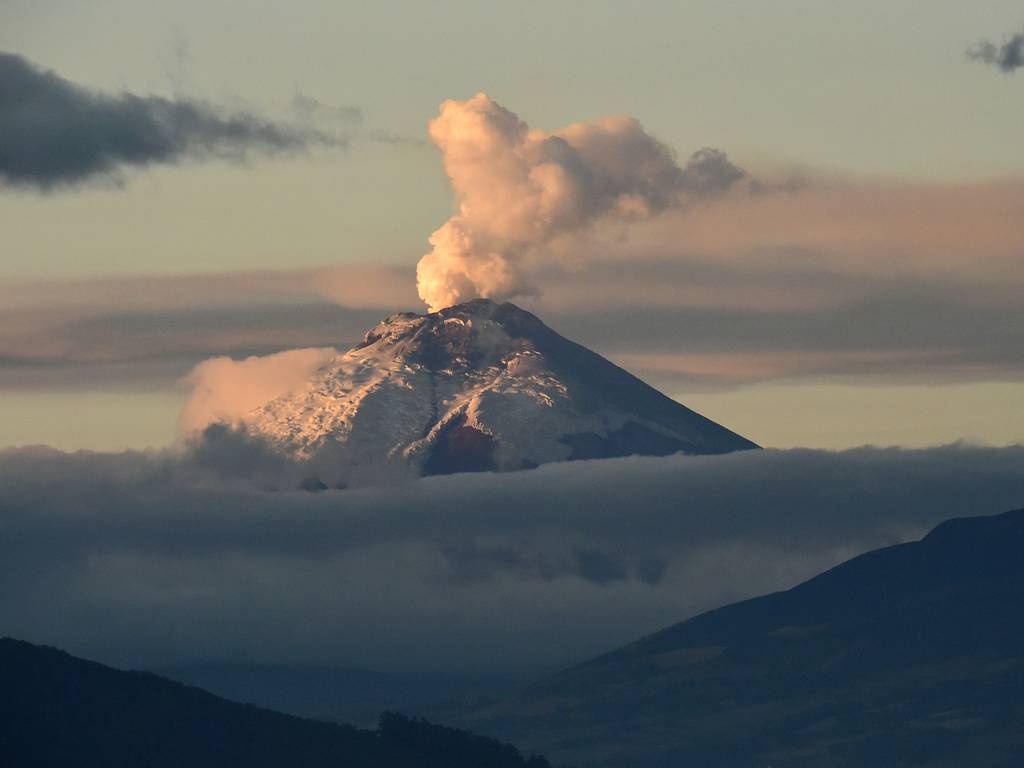A massive tsunami as tall as the Shard overwhelmed the Cape Verde islands 73,000 years ago

A massive tsunami as tall as the Shard overwhelmed the Cape Verde islands 73,000 years ago, scientists have discovered.
The huge 800-feet high wave was caused by a volcano collapsing into the sea and could happen again today, the researchers warned.
It was so powerful that it washed boulders the size of vans up to 2,000 feet inland and left them stranded almost 650 feet above sea level.
Such a wave today would dwarf the 100 feet tsunamis that devastated coastlines in the Indian Ocean in the 2004 Boxing Day disaster and more recently in Japan in 2011.
"Our point is that flank collapses can happen extremely fast and catastrophically, and therefore are capable of triggering giant tsunamis,” said Dr Ricardo Ramalho, from Columbia University in New York.
"They probably don't happen very often. But we need to take this into account when we think about the hazard potential of these kinds of volcanic features."
The ancient collapse occurred at Fogo, one of the world's largest and most active island volcanoes that today towers more than 9,000ft (2,743m) above sea level.
An estimated 40 cubic miles (167 cubic metres) of rock fell into the ocean in one go, resulting in an 800ft (244m) high tsunami wave that engulfed an island more than 30 miles away (48km).
Clues left by the megatsunami included boulders left far from the waterline of Santiago Island, 34 miles (55km) from Fogo.
The boulders, weighing up to 770 tons, matched marine-type rocks ringing the island's shores and were quite unlike the volcanic terrain in which they were found.
By calculating the energy needed to hurl the boulders so far, the scientists were able to estimate the size of the wave. Their findings are reported in the journal Science Advances.
Tsunami expert Professor Bill McGuire, from University College London, believes such megatsunami events occur only once every 10,000 years.
He added: "Nevertheless, the scale of such events, as the Fogo study testifies, and their potentially devastating impact, makes them a clear and serious hazard in ocean basins that host active volcanoes."
Subscribe to Independent Premium to bookmark this article
Want to bookmark your favourite articles and stories to read or reference later? Start your Independent Premium subscription today.

Join our commenting forum
Join thought-provoking conversations, follow other Independent readers and see their replies